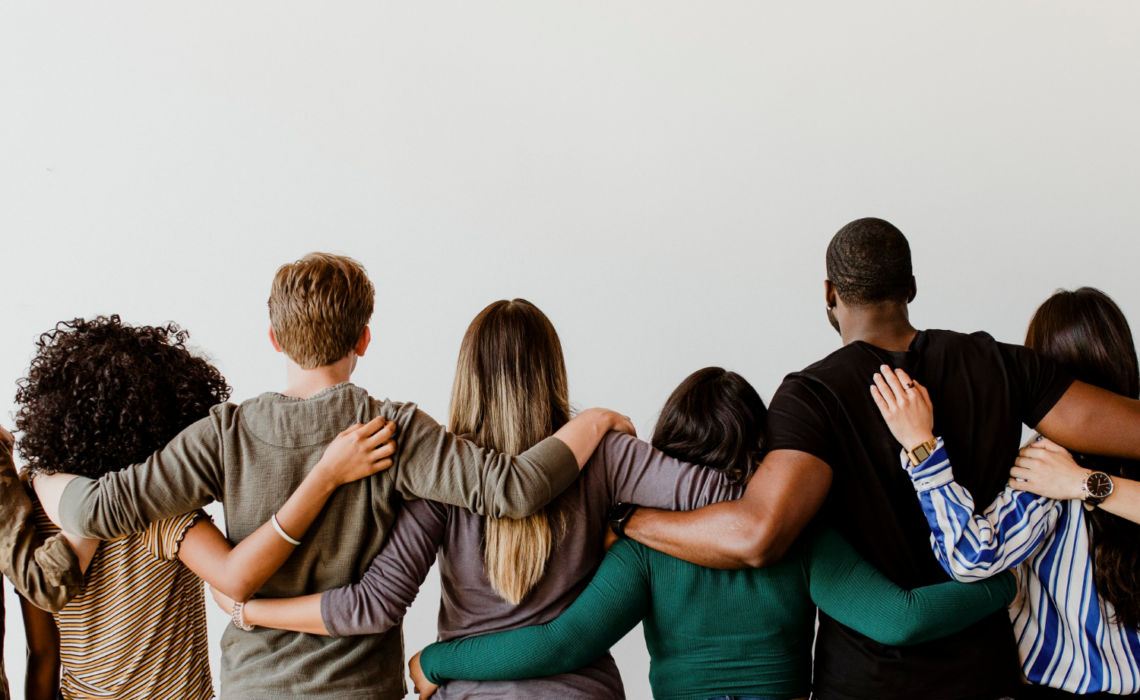
The Culture
The most important part of learning ASL is learning Deaf Culture. Deaf people pride in their language and along with the pride of their language is the pride of their culture. The culture was first truly recognized and acknowledged a little over 50 years ago, when William Stokoe, Carl Cronenberg, and Dorothy Casterline wrote the idea that Deaf people had a culture of their own: in the Dictionary of American Sign Language. Before this bible-like book was written, the Deaf were only viewed by medical professionals in terms of their hearing loss, and the very thought of Deaf people having a culture separate from the hearing society wasn’t given much thought. The publishing of this book gave truth to Deafness as an actual culture and was nothing short of revolutionary.

Taking a psychological standpoint to define culture, it is a set of learned behaviors with groups of people that share a language, values, rules, and traditions. With respect to Deaf Culture, for many years the language used by the deaf, American Sign Language (ASL) was not recognized or considered a language. For years, the use of the language was banned in other countries, and its use was highly criticized in the earlier educational system years. This method was an attempt to force those who were Deaf and Hard of Hearing to use oral and speech practices as opposed to gestures and signs.
Deaf Culture has made its way through the trenches of oppression and the wars of ridicule for years, and the very thought of losing their culture with modern technology that “cures” hearing loss is unthinkable to some. The moment Deaf people become poked and prodded with tests to rid them of what was once called a “curse of the ears” concerns about the language rises.
Once you lose the language (no need for sign language if you can hear), the prideful, embraced, beloved culture ceases to exist. Without the language, you have no culture. Without culture, language has no justification.
To learn more about Deafness as a culture, the below resources help to better understand the importance of culture amongst Deaf people:
Everyone Here Spoke Sign Language: Hereditary Deafness on Martha’s Vineyard by Nora Ellen Groce, John W. M. Whiting
Inside Deaf Culture by Carol A. Padden, Tom L. Humphries
Deaf in America: Voices from a Culture by Carol A. Padden, Tom L. Humphries
A Journey Into the Deaf-World by Harlan Lane, Robert Hoffmeister, Ben Bahan
A Place of Their Own: Creating the Deaf Community in America by John Vickrey Van Cleve, Barry A. Crouch
Deaf World: A Historical Reader and Primary Sourcebook by Lois Bragg (Editor)

